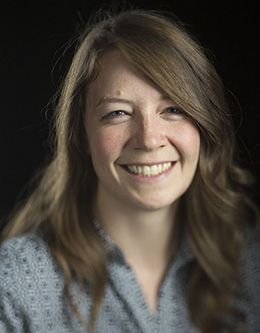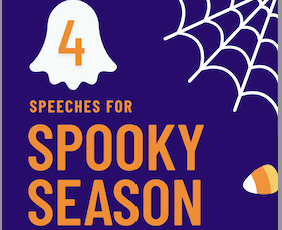In the Darkness, What Is Hope?
November 17, 2017 • Blog Post

I was 31—well past what I had always considered an ideal marrying age. Yet another dating relationship had ended. Instead of a broken heart, I found myself with a broken hope. Despair, disappointment, and doubt hung around me like suffocating smoke. I had fought hard in this relationship to overcome debilitating anxieties; I had been seeking a worthy end. But there I was, alone, with nothing to show for it. My past was dark, and my future seemed even darker. And empty. I saw nothing to hope for—no future relationship, no ability to overcome my anxiety, not even happiness. And my unsuccessful past experiences whispered that there wouldn’t ever be anything to hope for.
I remember praying: “I need to have hope, but I don’t know how.”
And then, gently, this reply came: “Lena, put your hope in the Savior.”
But I wasn’t convinced. I wanted something more concrete. Really, I wanted certainty that I would get what I desperately wanted: love, personal success, and happiness.
Overcoming Despair
Not long after, I came across a passage on hope while checking sources for a BYU forum address by Archbishop Charles Chaput. He had quoted French author Georges Bernanos, who wrote:
Optimism is a substitute for hope. One may encounter optimism everywhere. . . . But hope must be won. One can only attain hope through truth, at the cost of great effort and long patience. To find hope, it is necessary to go beyond despair. When one comes to the end of the night, one meets another dawn. . . . Hope is a virtue, . . . strength, an heroic determination of the soul. The highest form of hope is despair overcome. [“France Before the World of Tomorrow,” in The Last Essays of Georges Bernanos, trans. Joan and Barry Ulanov (Chicago: Henry Regnery Company, 1955), 4–5]
“Hope is despair overcome.” Bernanos’s description of hope indicates a battle with darkness that we eventually win—but in which winning isn’t necessarily the part where we finally have hope. The entire experience, the battle itself, is a path through hope. Hope, I decided, is much like faith in that it is more of an action than a feeling. To hope is to keep fighting the darkness with a trust in God. And we don’t fight alone: we have with us, by our side, someone who weeps with us in His perfect understanding of our circumstances. The Savior is with us in our hope. The Savior is our hope.
After reading that quote I realized that I had a lot more hope than I thought. I had continued to seek Christ through the scriptures and the temple, to appeal to God through prayer, and to simply get out of bed every day. Even when my efforts were half-hearted or weak, I was giving all I could. I hadn’t given up.
Looking to Christ
As I focused more on the Savior, my hope returned, but not because I got what I wanted. I regained happiness, but that was all. One of the difficult and vulnerable lessons of our lives may well be to learn to let go of our unmet expectations, broken dreams, and mounting fears and worries and to open our hearts to what Heavenly Father in all His love and wisdom wants to give us. Truly, what kept me from seeing a bright and full future was my determination to hold on to what I thought was best for me—quick and easy solutions that would have brought me no growth. I had to learn to put my hope in the Everlasting Christ and trust that He would be enough for me.
Regarding Christ and hope, Elder John H. Groberg said:
There is always hope. In Christ who lives and loves and works miracles now, there is always hope. Listen again and again and again. There is always hope—now, today—there is always hope. There is always hope. He lives. He loves. He saves. In him there is always hope. [“There Is Always Hope,” 3 June 1984]
My relationship with hope is still a work in progress, but through my personal battles, I have come to understand that I don’t need to have certainty to have hope. I don’t need to see the end goal. I only need to see Christ.
Lena May Harper is the editor of forums and faculty devotionals for BYU Speeches. She enjoys eating breakfast on the back porch, pondering on matters of the soul, and experiencing the cultures of the world. A budding ballerina and a part-time master’s student on the cusp of graduation, she lives with a fluffy lionhead rabbit named Willa.

Lena Harper is the editor of forums and faculty devotionals for BYU Speeches. She enjoys eating breakfast on the back porch, pondering on matters of the soul, and experiencing the cultures of the world. A budding ballerina and a part-time master’s student on the cusp of graduation, she lives with a fluffy lionhead rabbit named Willa.



